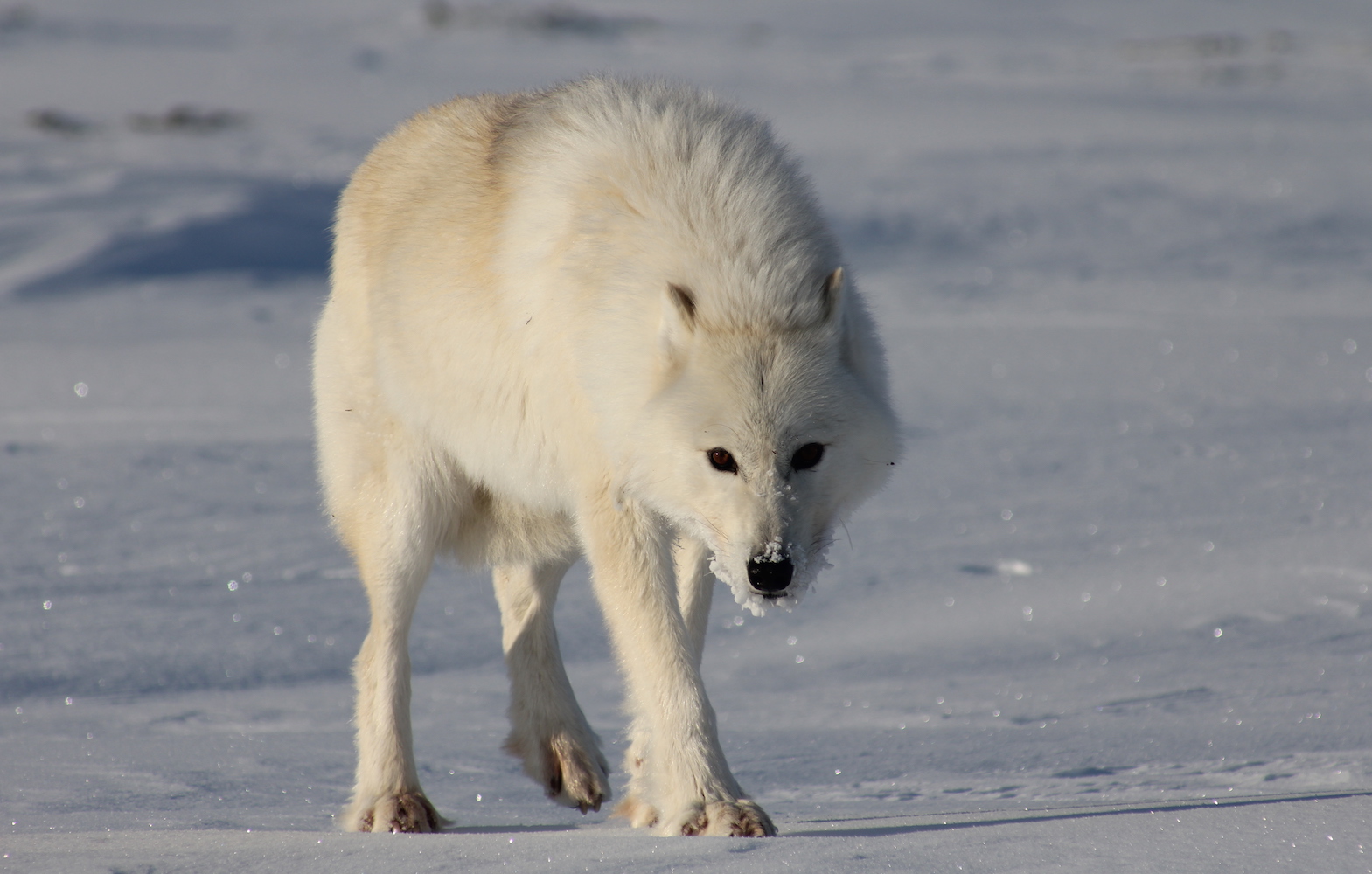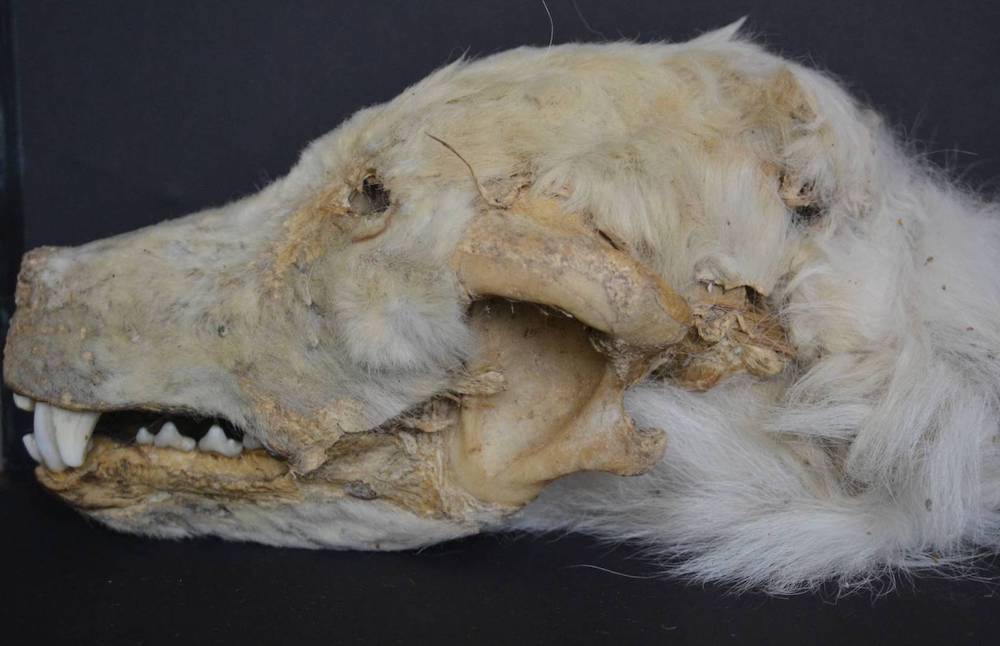A new DNA study reveals a previously unidentified North American ‘polar wolf’
The genomes of modern wolves in parts of Greenland and on Canada’s Ellesmere Island indicate they belong to a population that is distinct from other Arctic wolves.

Biologists have long been aware that northeastern Canada and Greenland had been home to two distinct types of Arctic wolf. Now, a comparison of the genomes of Arctic wolves with the genomes of wolves from the rest of North America seems to have put an end to a long-standing discussion about whether groups living on Ellesmere Island and in northern and eastern Greenland should should be considered to make up a third population.
The research, described in a paper published in PLOS Genetics, an on-line journal, also suggests that a fourth, now-extinct, group may have lived in eastern Greenland until the 1930s, when commercial hunters exterminated the local population.
Although wolves started recolonizing the area in the late 1970s, there has been no conclusive evidence to suggest whether they belong to the same genetic group as the wolves that lived there before, or belonged to a new group expanding its range into a now-vacant area.
In order to answer these questions, Mikkel Sinding, a paleogeneticist with Pinngortitaleriffik, Greenland’s natural resources institute, needed first to determine the lineage of the existing population of wolves. He did so by gathering DNA from three wolves all found dead after the species had re-established itself in eastern Greenland.
[Narwhals’ natural threat response could backfire as they encounter more human activity]
The DNA was used to identify the genome of these types of wolves, which was then compared with the genome of other types of North American wolves.
The results showed high levels of inbreeding, with almost no sign of breeding with wolves from outside the group. This, according to Sinding, is evidence that wolves in this area had been isolated from other groups for a significant period, including the two other types of eastern Canadian Arctic wolves, thus making them a distinct group he labels ‘polar wolf.’
The particularly low genetic diversity of this group of wolves also hints at a small population. Previous research has shown that there were perhaps 20 wolves living in eastern Greenland around 2010. Sinding himself guesses at an overall population size of between 200 and 500.
The next step will be to compare the genome of the recently deceased Greenlandic wolves with the genome of wolves that died prior to 1930.

Sinding reckons that if eastern Greenland was originally home to a fourth type of Arctic wolf, it, too, would have been distinctly different from the polar wolf.
Regardless of the outcome, he hopes that getting a better understanding of the groups and how they are made up will contribute to efforts to manage them.
“The reason why this study is important is because there has always been a discussion about whether the wolves of Ellesmere Island and Greenland were different, or whether they were the same as wolves further to the south,” he said.
So far, he said, the answer appears to be not just different, but “very different.”